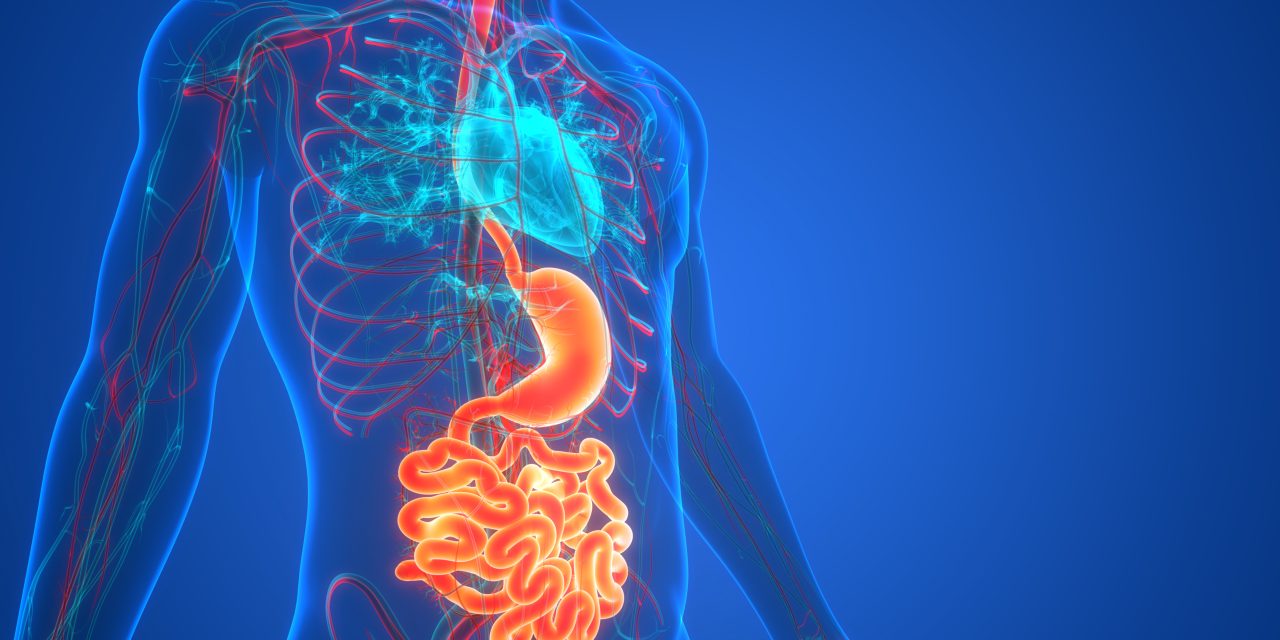Pancreatic ductal adenocarcinoma (PDAC) is a highly aggressive malignancy that is characterized by early metastasis, low resectability, high recurrence, and therapy resistance. The experimental mouse models have played a central role in understanding the pathobiology of PDAC and in the preclinical evaluation of various therapeutic modalities. Different mouse models with targetable pathological hallmarks have been developed and employed to address the unique challenges associated with PDAC progression, metastasis, and stromal heterogeneity. Over the years, mouse models have evolved from simple cell line-based heterotopic and orthotopic xenografts in immunocompromised mice to more complex and realistic genetically engineered mouse models (GEMMs) involving multi-gene manipulations. The GEMMs, mostly driven by KRAS mutation(s), have been widely accepted for therapeutic optimization due to their high penetrance and ability to recapitulate the histological, molecular, and pathological hallmarks of human PDAC, including comparable precursor lesions, extensive metastasis, desmoplasia, perineural invasion, and immunosuppressive tumor microenvironment. Advanced GEMMs modified to express fluorescent proteins have allowed cell lineage tracing to provide novel insights and a new understanding about the origin and contribution of various cell types in PDAC pathobiology. The syngeneic mouse models, GEMMs, and target-specific transgenic mice have been extensively used to evaluate immunotherapies and studying the therapy-induced immune modulation in PDAC yielding meaningful results to guide various clinical trials. The emerging mouse models for experimental parabiosis, hepatic metastasis, cachexia, and image-guided implantation, are increasingly appreciated for their high translational significance. In this article, we describe the contribution of various experimental mouse models to the current understanding of PDAC pathobiology and their utility in evaluating and optimizing therapeutic modalities for this lethal malignancy.Copyright © 2021 Elsevier B.V. All rights reserved.
Modeling pancreatic cancer in mice for experimental therapeutics.


